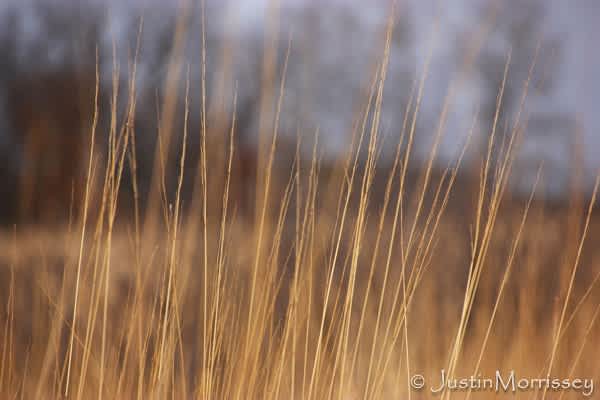Conservation Reserve Program Lands Suffering from Economic Downturn
Justin Morrissey 06.06.12

Conservation Reserve Program (CRP) lands throughout the country are feeling the pain in the aftermath of the rough economic situation. With high crop prices and the some new technology, farmers are leaving the conservation program to keep up with the economy. The numbers below represent the total of CRP loss over the span of CRP’s existence.
The Conservation Reserve Program is a voluntary program offered to agricultural landowners. By taking part in the program, a landowner can receive rental payments that cut the cost of taxes on the land and obtain cost-sharing assistance to establish over long periods of time. CRP protects millions of acres of American topsoil from erosion and is designed to preserve the nation’s natural resources.
North Dakota has a net loss of around 650,000 acres of CRP land, which makes North Dakota the leader in overall loss of federal set-aside land in the country. North Dakota has seen 77 percent of its CRP land disappear. Montana is the runner-up, with 435,335 net acres in CRP lost.
Minnesota is third in the standings, with a net loss of 190,231 CRP acres. Facing expiring contracts, Minnesota has lost nearly 66 percent of its CRP acres that have been in the program.
The USDA bailout was also shown in South Dakota, where 169,284 net acres were lost. CRP acres as well as grasslands out of the program are also declining due to the advancement in genetically modified corn that can be planted in areas that are exposed to less rainfall. How can we blame the farmers that are trying to make a living?
Who is getting the negative side of this bailout? Well, pheasants of course and those who love to pursue the beautiful, delectable birds. Around this time of year young pheasants need sufficient CRP land to become healthy adult birds. With decreasing CRP lands, pheasants are losing an excellent source of shelter. This leads to pheasants becoming easier prey for coyotes, hawks, and small egg-eating mammals.
The crop land replacing the CRP is not necessarily a beneficial substitute. Crop land can be a good food source for pheasants and other wildlife, but it doesn’t provide the shelter that CRP grasslands do.
If you are interested in the latest CRP activity in your state, please click here (.xls file). CRP documentation provided by Startribune.com.

